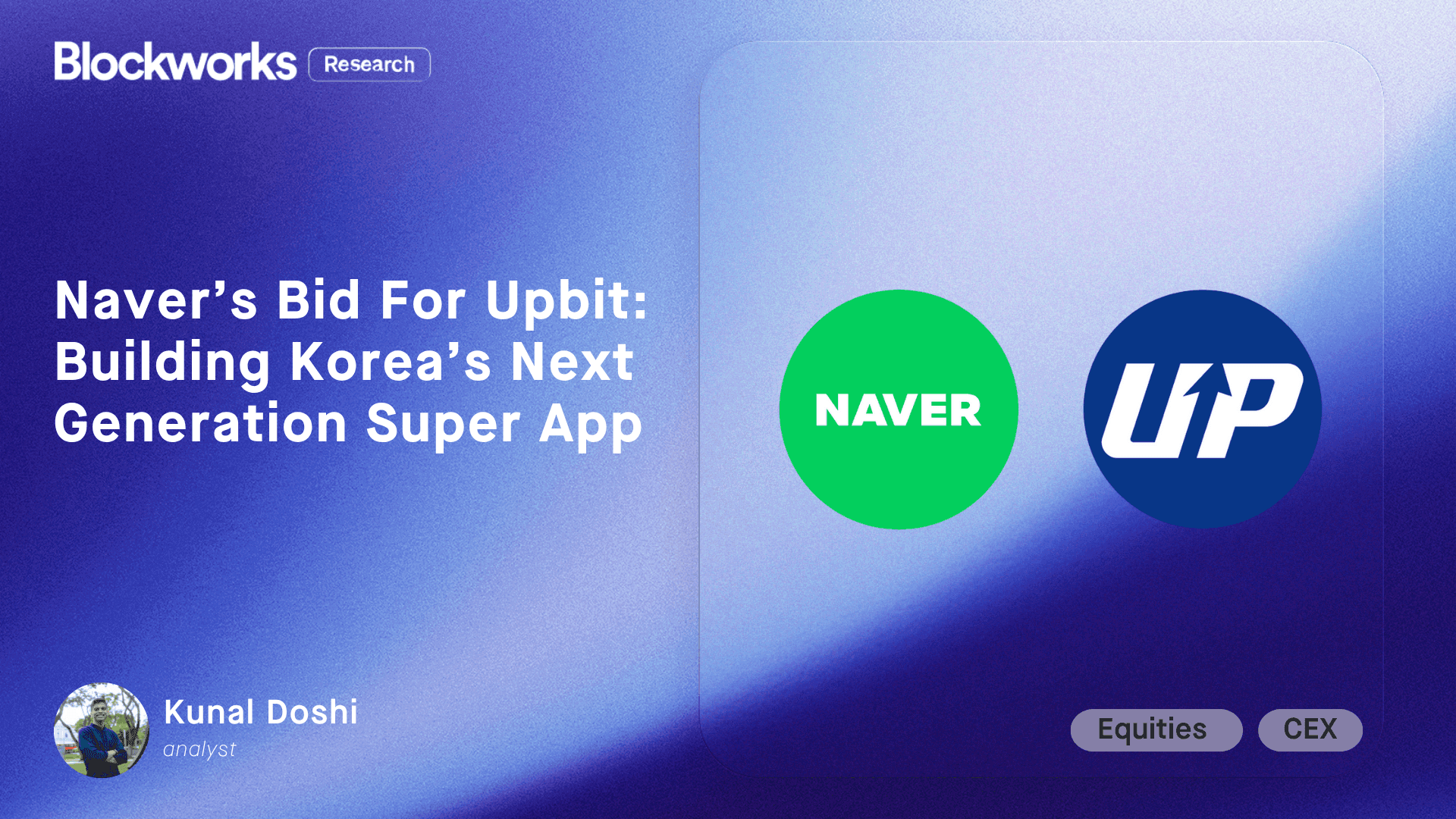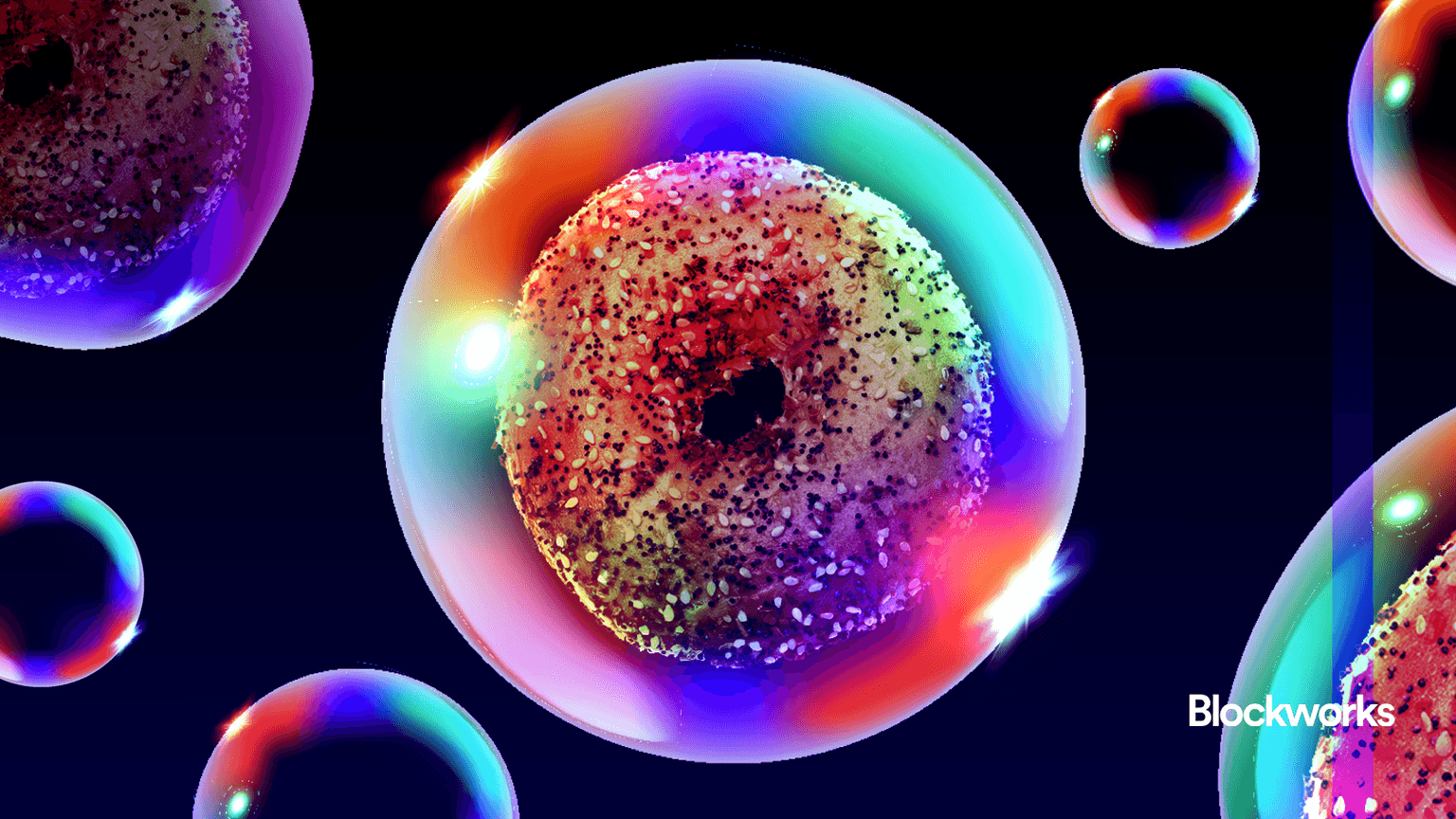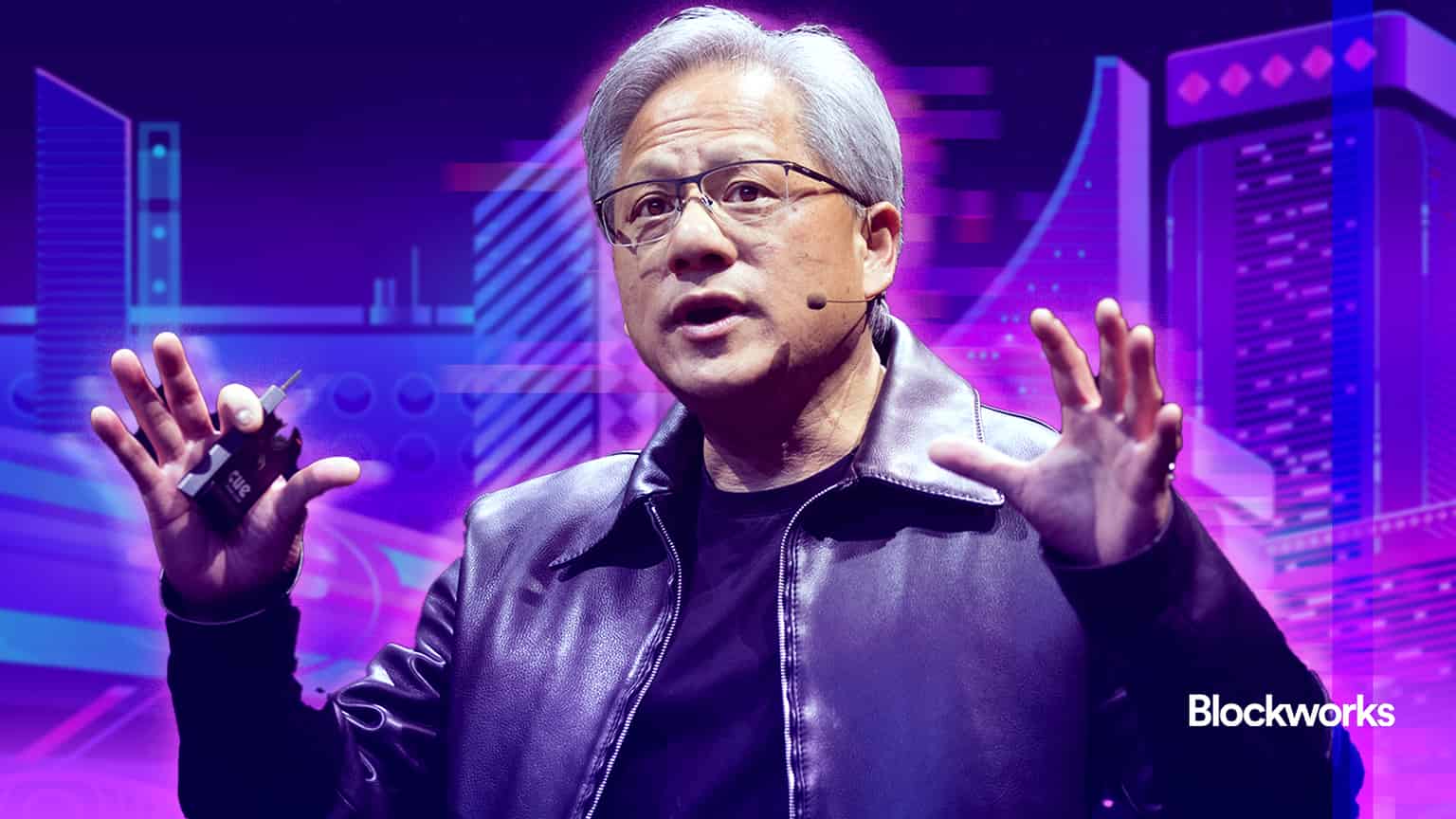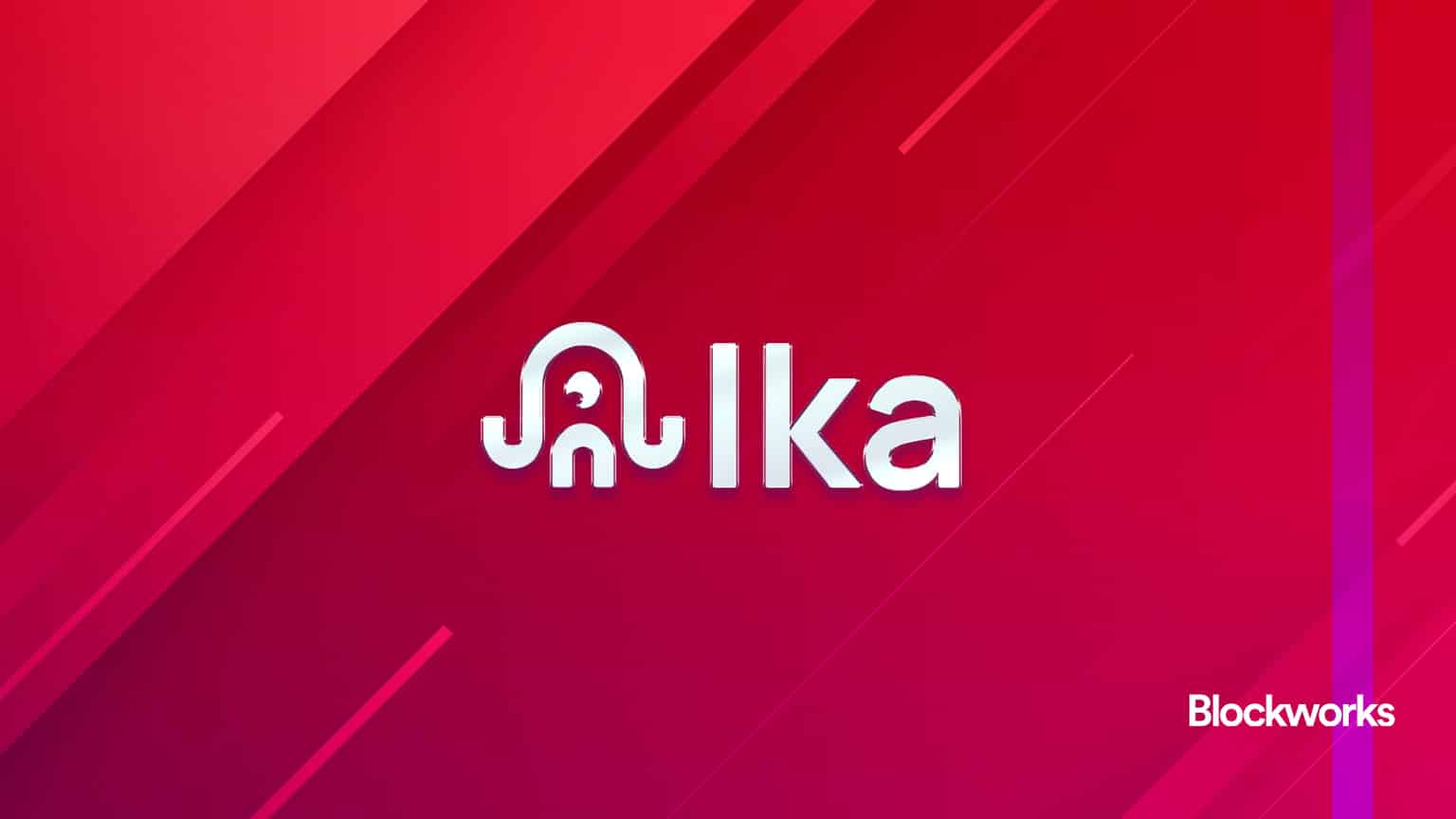Solana eyes Alpenglow for next-gen consensus layer
A single upgrade could reshape how Solana sequences, votes and finalizes.

Galyna Andrushko/Shutterstock and Adobe modified by Blockworks
This is a segment from the Lightspeed newsletter. To read full editions, subscribe.
For all its speed and throughput, Solana has always wrestled with the fact that the tech powering its performance was also limiting its potential.
Proof-of-history, the cryptographic clock that helped set Solana apart from other blockchains, gave the network a unique way to order events before consensus. However, it never solved consensus itself.
Instead, PoH had to be paired with Tower BFT, a Byzantine fault-tolerant mechanism layered atop Solana’s block stream. It worked, but it was complex, hard to optimize and increasingly outpaced by the ambitions of the network and its builders.
Last week, Solana announced a proposal to sunset both proof-of-history and Tower BFT in favor of something new: Alpenglow.
Alpenglow is a structural reimagining of how time, consensus and data flow across the network. Developed by Anza, a core engineering team spun out from Solana Labs, Alpenglow completely outmodes the innovations inherent to proof-of-history.
It’s introducing a streamlined consensus framework that collapses sequencing, voting and block finality into a single integrated design.
The big flashy headline here is that we’re looking at global finality in under 150 milliseconds — though your mileage may vary, based on network conditions, validator participation, etc. etc.
The problem wasn’t that PoH was flawed, so much as that it had to be paired with layers of coordination to finalize blocks. PoH sequenced events with a verifiable delay function, producing a ledger of time that validators could use to agree on order.
That sequence still needed to be voted on, though, and still had to be finalized and confirmed. And in a world where Solana was already pushing 400ms block times, finality (not production speed) became the network’s big bad bottleneck.
Tower BFT took 12.8-ish seconds to finalize a block. To mask that lag, Solana introduced “optimistic confirmations,” giving dapps a probabilistic guarantee of finality. But it wasn’t enough. Finality really, really needs to match production.
To that end, Alpenglow introduces two core components: Votor and Rotor.
Votor is the new finality engine, capable of reaching consensus in one or two voting rounds. If 80% of the stake is online, finality can be achieved in a single round. If only 60% is responsive, it falls back to a second. Both paths run concurrently, and whichever completes first wins.
Rotor, meanwhile, reworks how data spreads through the network. Built as a refinement of Solana’s Turbine protocol, Rotor replaces Turbine’s layered tree with a single flat relay structure. It leverages erasure coding and deterministic relay assignment to broadcast data with minimal hops and maximal bandwidth.
It’s so fast that the speed of light — the literal geographic delay between nodes — becomes the primary limit. Which, if you’re anything like me, had you “1.21 JIGAWATTS?!“-ing and “GREAT SCOTT!”-ing off the furniture the first time you read it.
The result is a protocol where finality is about as instantaneous as anyone could have dreamed. In simulated testnets with Zurich as a reference node, 65% of Solana’s stake reached notarization in under 50ms. Full finality landed at 150ms median, sometimes as low as 100ms.
This is not a latency illusion. There’s no probabilistic middle ground. This is true, verifiable cryptographic consensus, faster than most Web2 APIs.
And even under adverse conditions, Alpenglow remains performant. Its “20+20” resilience model can tolerate 20% adversarial stake and 20% non-responsive stake while still achieving consensus.
For builders, the implications are immense. Games, payment apps and real-time protocols no longer have to hedge against finality lag. There’s no second-layer cheat.
For developers building reputation, automation or sensitive coordination layers on Solana, Alpenglow unlocks a pathway to transactions that are deterministic, final and global in less than the blink of an eye.
There is much to get philosophical about here. Alpenglow will give Solana something rare in blockchains: a sense of present tense. No waiting, no guessing. Just the truth, right now.
Get the news in your inbox. Explore Blockworks newsletters:
- The Breakdown: Decoding crypto and the markets. Daily.
- 0xResearch: Alpha in your inbox. Think like an analyst.






